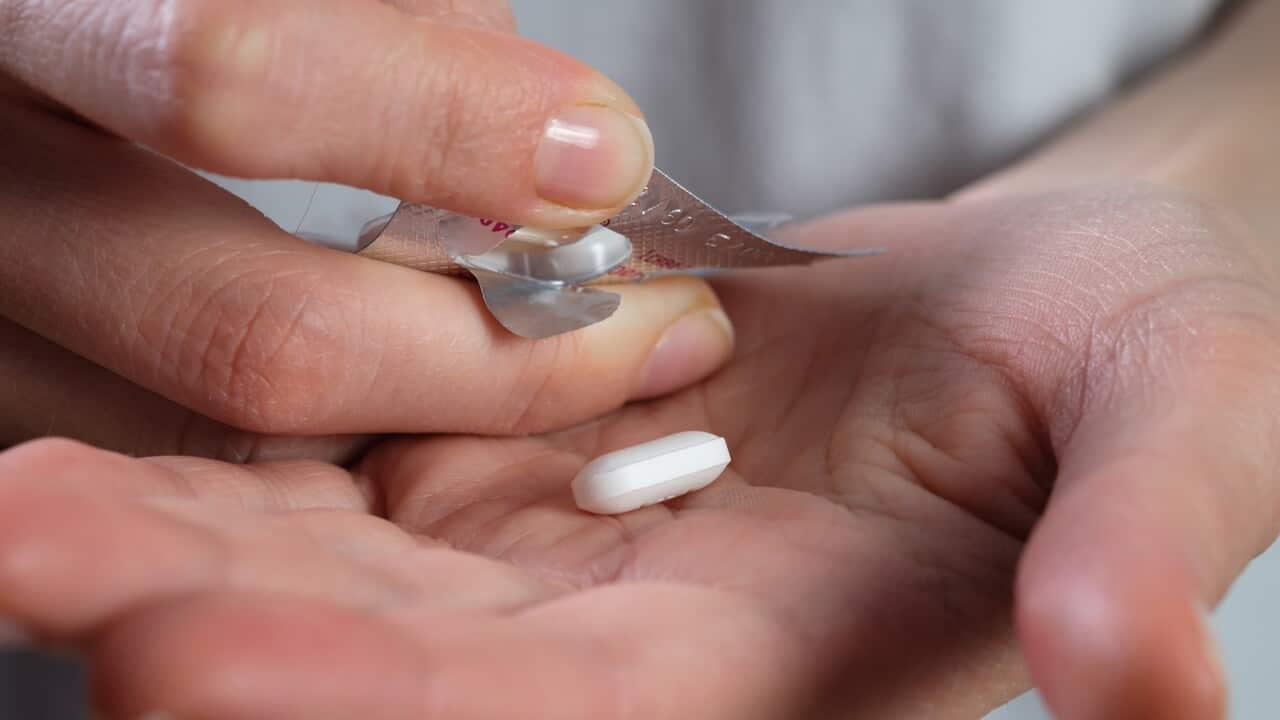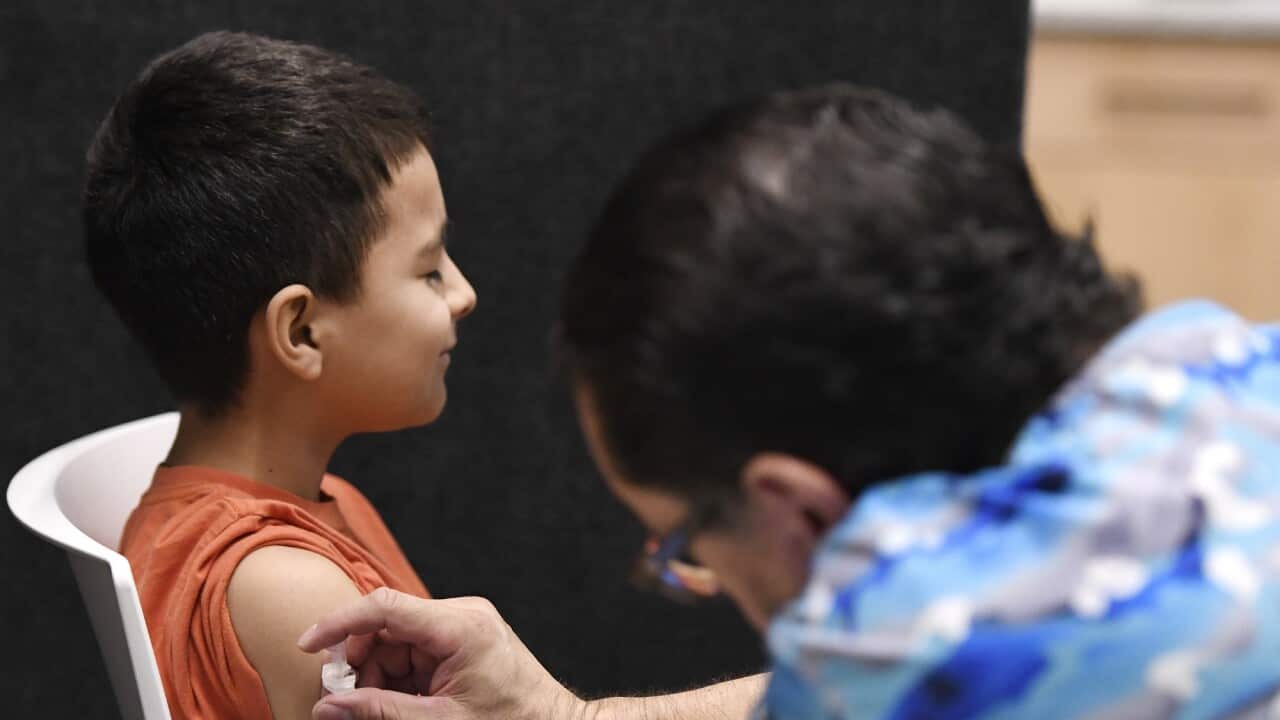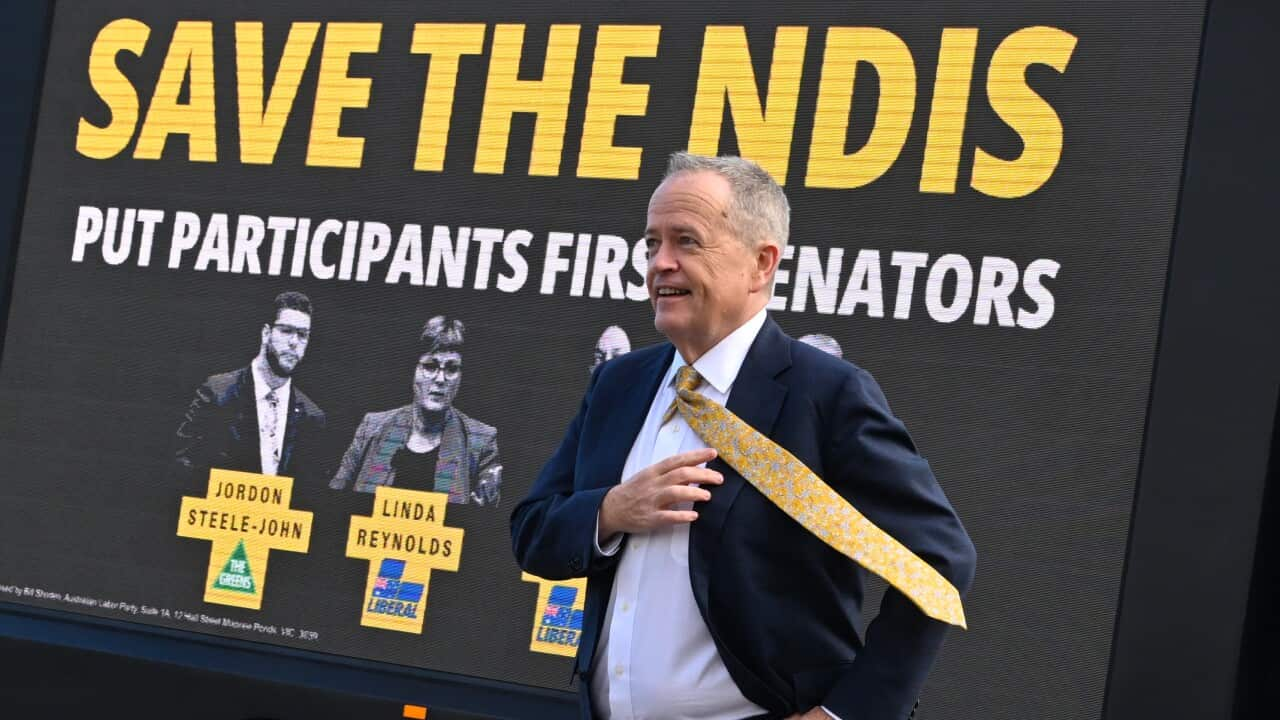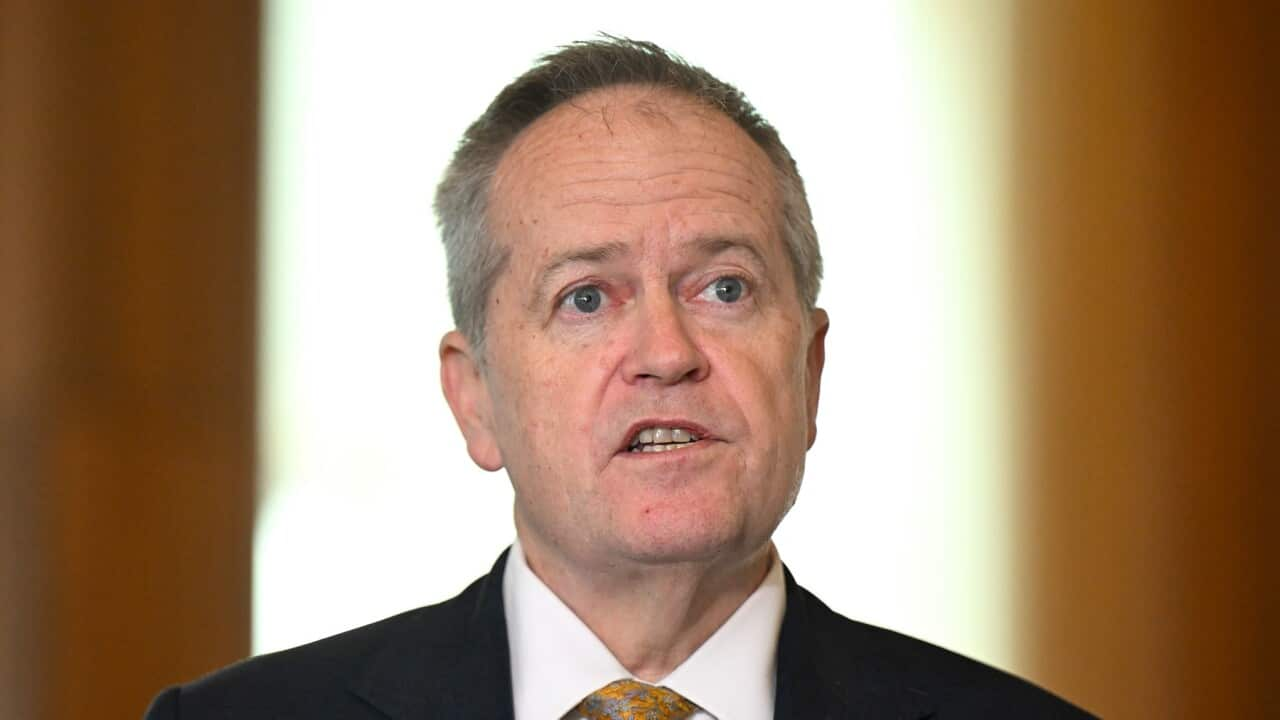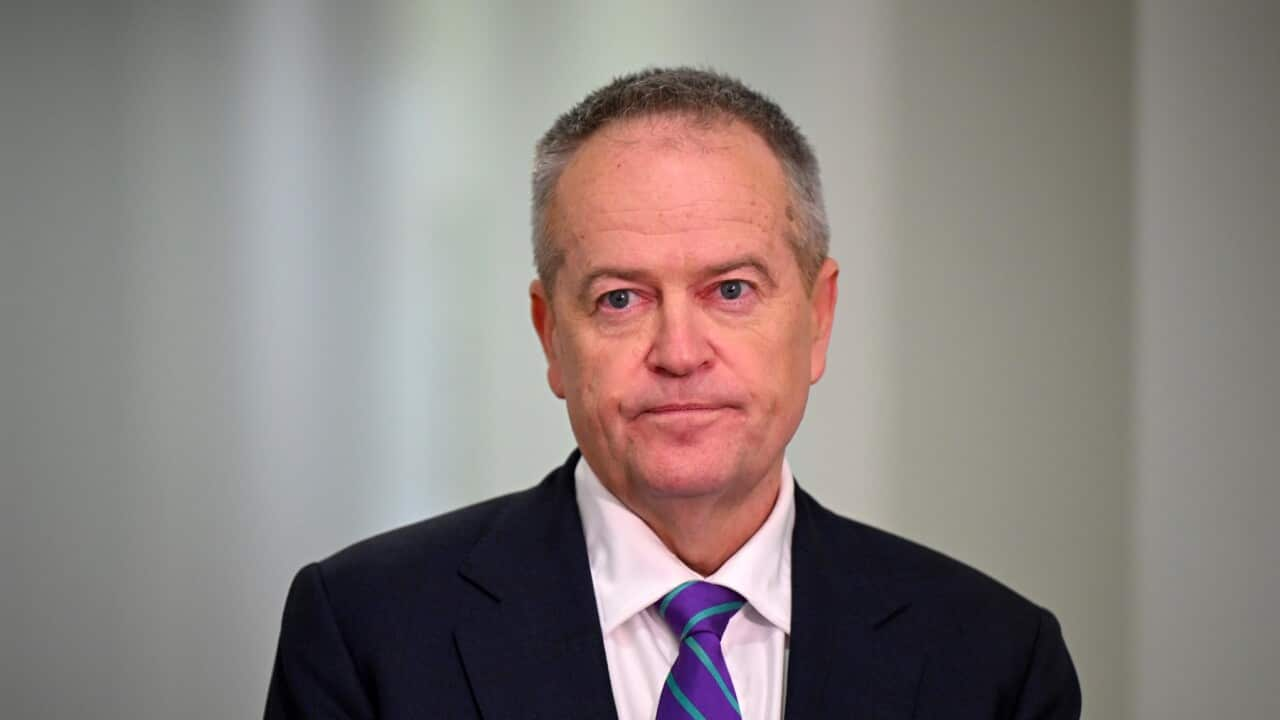TRANSCRIPT
For at least the last 20 years, drugs have exacted a terrible toll in Australia.
Speaking after the launch of the Penington Institute's 2023 report on overdoses, Dr Karin Gelb said more than 37,000 people have died from drug-related causes in the last two decades.
“We know that the overdose crisis in Australia continues... The national population of Australia in the last 20 years has increased 33 percent but the number of unintentional drug-induced deaths has grown 71 percent. So the deaths are outpacing the growth of the population."
Data shows that while drug-related deaths happen in every section of society, they are more likely to happen with men living in disadvantaged areas.
Dr Gelb says Indigenous people are also especially vulnerable.
"You can see how it has increased far more rapidly amongst our Indigenous communities than amongst the non-Indigenous communities... That over-representation is increasing, and we see that over-representation particularly in stimulants and in opioids."
Australia's official national drug strategy appears to centre around three pillars: reducing supply, reducing harm and reducing demand.
But the evidence suggests that these goals are being frustrated by a number of factors, already touched on in the first two stories of this series.
The presence of prescription opioids has been identified as a risk factor in overdoses.
Research conducted for the Therapeutic Goods Administration in 2020 found that sharing opioids was “commonplace” amongst Aboriginal and Torres Strait Islander participants in the study, because of their shared community focus.
But Dr Hester Wilson from the Royal Australian College of General Practitioners says medication sharing is a common practice even in non-Indigenous populations, with data showing around one-third of medications are shared across Australia.
"So grandma might be on some opioids for her arthritis, and grandkids borrow a little or are given a little, and they then use that, for example."
While medication sharing is an issue, the larger problem appears to be a lack of funding, despite report after report showing that for every dollar invested in drug and alcohol treatment, seven dollars is gained.
Australia’s current investment in alcohol and drug treatment has been conservatively valued at around $1.26 billion per annum - but that investment is small, compared to the estimated social cost per annum of $24 billion.
Scott Wilson is the CEO of the Aboriginal Drug and Alcohol Council.
He has said that more money is spent on road safety, which claims less lives than drugs do.
"When you look at the millions of dollars and the huge amounts of campaigns that state governments and federal governments invest year in and year out into try and reduce the road toll death, one's got to ask the question why aren't people who use drugs and unfortunately pass away, why isn't the same investment put in to try and save those people's lives?"
This apparent under-investment in services to treat opioid and other drug addictions means there are vast numbers of people who miss out.
Those numbers have been conservatively estimated to fall anywhere between 200 to 500,000 people.
It's a deficit that can hit harder for Indigenous people, who Richard Juckes from the Australian Institute of Health and Welfare says already tend to die around 9 to 10 years earlier than the general population.
"For First Nations Australians, for people living in rural and remote areas have lower average life expectancy. And it's related to to socioeconomic status and a whole lot of other factors."
The latest figures from the Institute show that cannabis is the most commonly used drug for Indigenous Australians, followed by cocaine, and pain killer opioids.
A number of culturally safe programs have been established from state to state to treat dependence on these substances, including through Aboriginal Community Controlled Health Services.
But Susi Tegen from the National Rural Health Alliance says they are chronically under-funded.
"There needs to be recognition that these services are trying to deliver the best health care they can, but they can't compete when the state system in the same town pays much higher. So we need to subsidise those entities that are trying to deliver the preventative primary care service."
Funding is also an issue in primary care, the place where people come to seek treatment for chronic pain or other conditions, and access prescription opioids.
It's also a sector that GPs have consistently complained is not subsidised enough through Medicare so doctors can properly treat patients, many of whom are presenting with increasingly complex problems.
That problem is even more acute in rural and regional Australia where an estimated 60 percent of the Indigenous population live.
Susi Tegen says they face additional challenges in accessing primary care, from a lack of services to outright discrimination.
"By the time they get to a hospital setting, the Aboriginal people do not want to come into hospital, because they know that generally they do not return from there, and they want to be on country... And so it's really about, why don't we flip the model and start translating and transferring to the preventable aspects of health care delivery. Why don't we spend more time on professional development to ensure that they're able to work with Aboriginal communities and communities in general in rural and remote Australia, in terms of ensuring that the consumers have health access in the first place."
Closing the Gap initiatives are meant to address much of the imbalance in health outcomes and life expectancy for Indigenous Australians.
But a report card released earlier this year on these targets found many aren't being met, fifteen years after the framework was launched in 2008.
Scott Wilson says that drug use is not necessarily singled out either in Closing the Gap targets, despite its significance.
"Drugs and things like that don't really get a mention in any of the - for example the 17 socioeconomic targets in Close the Gap, which is a great shame. And obviously is something that I continually try to advocate both on a state and national basis to sort of have that included. It's almost like that it needs a target in its own right."
Djugun man and member of the Yawuru people Romlie Mokak, who is also a Productivity Commissioner, says the wider problem with Closing the Gap targets is that there's a lack of real commitment and oversight.
He says a Productivity Commission report concluded that too often, Indigenous communities haven't been involved with program design or implementation - when that is the crucial ingredient to success.
"There are too many instances where governments will come to the table with a predetermined outcome or solution and expect that Aboriginal or Torres Strait Islander people will agree to that."
As SBS has already reported, state governments have increasingly moved towards harm minimisation approaches to reduce the impact of drug use, and hopefully reduce the cost burden on the criminal justice system, which sees a significant number of drug-related cases.
In New South Wales, the state government is planning a drug summit for this year, to talk about how the state can approach the issues.
It was a promise made by Chris Minns before last year's state election.
"To bring the experts together, to make policy decisions in New South Wales, to have all the stakeholders around the table. And that's the policy we're taking to the election on the 25th of March."
The summit is likely to confront the dissonance between the official embrace of harm minimisation, and hardline policing that sees rising numbers of Indigenous people in the criminal justice system on drug offences.
New South Wales police have the discretion to issue cautions for certain cases of drug possession - but recent data from the Bureau of Crime Statistics and Research indicates that in the five years to 2017, Indigenous men were more likely to end up in court for cannabis possession.
A staggering 82.55 percent of Indigenous Australians were pursued through the court system, compared to 52.9 percent for non-Indigenous people.
Queensland has also taken a tough line.
Premier Steven Miles and Police Minister Mark Ryan have driven a crackdown on youth crime that has seen a high number of arrests of children and young people in the past year.
That's raised concerns about an alarming proportion of Indigenous young people being incarcerated in the state, which has the highest rates of youth incarceration of any state in Australia.
Queensland Green Michael Berkman says the focus should be on prevention, not prison.
"Now if the government was really interested in addressing this problem, they'd be spending more money on free meals at school. They'd be spending more on housing security, more on drug and alcohol supports for young people. Instead, they're spending all this money on two new youth prisons."
Dr Hester Wilson says these rates of incarceration inevitably produce even worse outcomes.
"The disconnect from community and from country that's been the story of colonisation and kind of part of the root of trauma for people, that if you develop a drug issue it can be even worse... You end up in the criminal justice system, you are removed from your country, from your community - and sometimes the amount of dislocation that happens on top of everything else is even more traumatising."
Advocates say real progress is being frustrated by a lack of real commitment and oversight in making things better.
Last month, a coalition of crossbench senators and MPs signed an open letter to the Prime Minister, as well as Indigenous Australians Minister Linda Burney and Attorney-General Mark Dreyfus, pleading with them to take action to reduce the number of Indigenous people dying behind bars.
Independent Senator Lidia Thorpe said that little had changed since the Royal Commission Into Aboriginal Deaths in Custody.
"Now there are self-determined solutions in these recommendations from the people themselves. They've been shelved for three decades now and it's cost too many lives. So it's simple ask that we get the social justice commissioner to have oversight on those recommendations, and start implementing those recommendations. There are federal levers in those recommendations; it's not just state and territory responsibility."
Health Minister Mark Butler says the federal government is renewing efforts to meet those goals.
"Certainly as health ministers, as Indigenous health leaders, we're already in a discussions about how we can catch up on those recommendations."
But at an October Senate hearing, Greens Senator Dorinda Cox has said she's yet to be convinced that Australia's governments will make change a real priority.
"I've seen and watched successive governments kick the can down the road while our people - over 555 of them - have died in custody. And the Attorney General's (department) want to use this as a side dish (issue)? After the last six months, sitting in a referendum campaign, they now want to push this to the side and think of the Closing the Gap targets as a side dish. It is not a side dish in this country."
